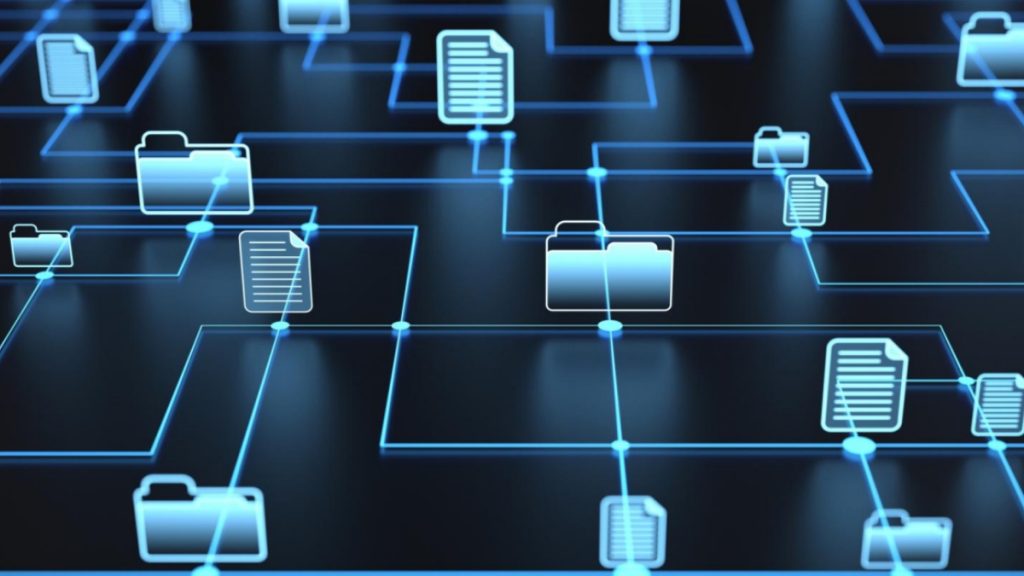A file synchronization process is one in which the files saved in separate physical places are kept up-to-date and in sync with one another. To sync, you must compare your master file snapshots with the target computer’s accessible snapshots using file synchronization software.
Data on the destination machine would be immediately synchronized and overwritten if any files were modified.
File Synchronization as a Means of Teamwork
Today, more organizations turn to the cloud to facilitate team collaboration, and file synchronization has become increasingly important. Mobile access and file backup are two of the most common uses of file sync.
On the other hand, file synchronization can raise security problems for businesses with employees who open corporate files using consumer-grade software. A software supplier that knows your workflow’s weaknesses can alleviate these worries.
On-premises Data Copies Can be Stored via File Sync
Additionally, synchronization software can function as a tool to enable users to save an on-premises copy of their data in the cloud or on another device. To access these files, you will need to use a web-based interface. These include Dropbox, Syncplicity, and Box.com.
Some people move and sync files between hidden partitions. Some people use a remote server to sync their data. Some individuals do file synchronization before the start of the operating system or a user’s login.
Professional data transfer, migration, and synchronization providers are used by businesses and organizations to move a large volume of sensitive information from one place or cloud to another and sync and synchronize files and folders.
The sync procedure is the primary difference between these services provided by different service providers.
File Synchronization Benefits
Subscriptions to file sync software or the services of a file sync software provider can bring several advantages to organizations and individuals. The following are the details:
1. Efficiency both in Time and Money
It is possible to configure syncs to only sync files located in a specific location or need to be replaced. A few files need to be duplicated if the modifications are minor. Syncing won’t take long in this situation.
2. It’s Entirely up to you which Data you Wish to Transfer.
It is possible to build rules for specific files based on the data’s properties. You have the freedom to decide what has to be synchronized and what doesn’t.
3. Rapidity in the implementation of changes
In this case, you can make the necessary adjustments to the master that you’re synchronizing with. Your whole cloud and systems will be mirrored with the new adjustment without you having to touch any of the other mirrored sites individually.
4. Faster Addition of New Software and Applications
In the same way, you can add new apps and programs faster than installing them one by one on each machine; you can also customize the system.
Choosing the Best Synchronization Software
The Internet is full of gimmicks, so you’re having difficulty deciding on the best synchronization software for your needs. For those in doubt to choose the best software for themselves, here is a helpful guide.
A wide range of users may require good synchronization software that includes a humanization design. Professional software with complex functionality, or popular software that is easy to use and maintain?
Synchronization software must be simple and easy to use to get the best results. So, for example, it should be able to synchronize and back up data between many devices (e.g., USB drives and FTP servers) so that it may be extensively utilized to meet the needs of users.
For the second time, a wide range of intelligent, automated actions should be available to suit consumers’ complex needs. Especially for the uninitiated, they’d prefer to employ the program’s convenience functions.
Synchronization tasks do not need to be set up regularly. Synchronization software must have a user-friendly interface and be straightforward to use. Your emails, images, Mp3 Player songs, and other essential items may be synchronized across many devices in just a few simple steps.
If you want to have the best synchronization software, check Itrezzo online.
Powerful file filtering algorithms with configurable synchronization choices are also advantageous. When you’re dealing with many files, this feature becomes critical to your efficiency.
Good software aims to make your job more efficient and save you as much time as possible. Synchronization software with all of the functions mentioned earlier and more is preferable to a single programme. Spending some time on it will pay off in the long run since you’ll be able to handle your files more simply and with less stress.
Conclusion
All of these issues may be resolved using synchronization software. One of the essential functions of the software is to guarantee that your data is always up-to-date and consistent across various platforms, including PCs, laptops, smartphones, tablets, and from one platform to another. The following is a brief description of what this programme can perform for you.
Shared files need synchronization software to perform tasks such as the following.
- USB flash drive or the detachable disc can be used to transfer crucial files between a PC at home and a PC at work.
- Photo and audio files in MP3 players may be synchronized to designated folders on a PC through USB.
- To sync critical data between laptops and desktops.
- Remote file transfer through FTP, WebDAV, or Windows Mobile devices.
Synchronization software is quite beneficial for managing large amounts of data.

